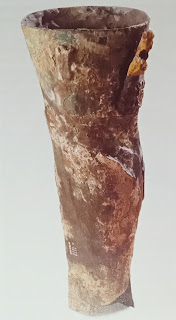Positron Emission Tomography (PET)

Positron emission tomography (PET) is a type of nuclear medicine procedure that measure metabolic activity of the cells of body tissues. PET is actually a combination of nuclear medicine and biochemical analysis. Used mostly in patients with brain or heart conditions and cancer, PET helps to visualize the biochemical changes taking place in the body, such as the metabolism (the process by which cells change food into energy after food is digested and absorbed into the blood) of the heart muscle. Since PET is a type of nuclear medicine procedure, this means that a tiny amount of a radioactive substance, called a radiopharmaceutical (radionuclide or radioactive tracer) is used during the procedure to assist in the examination of the tissue under study. Specifically, PET studies evaluate the metabolism of a particular organ or tissue, so that information about the physiology (functionality) and anatomy (structure) of the organ or tissu...








.jpg)
